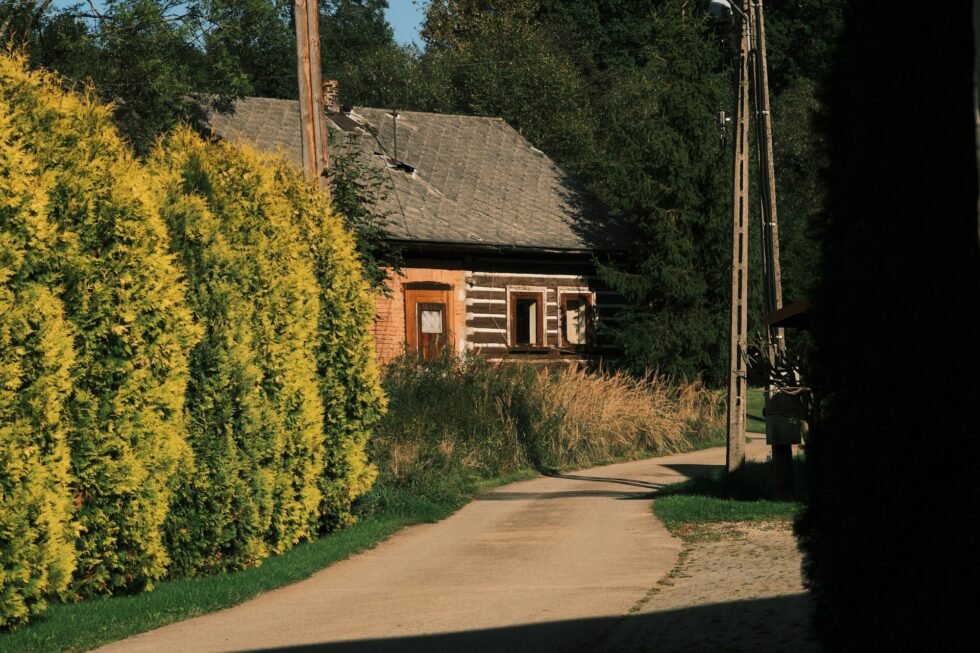
Introduction to Sodziu
The word Sodziu carries multiple shades of meaning depending on context — from a Lithuanian rural settlement to cultural symbolism, and even references in beverage traditions. In this article, we’ll examine the roots of Sodziu, its modern interpretations, and why it continues to captivate interest today. With a 3% keyword density for Sodziu, this piece aims to be both SEO-friendly and engaging.
What Is Sodziu?
Etymology & Basic Definition
In Lithuanian, sodžius (variant sodziu) is a masculine noun meaning “village,” “farmstead,” or “estate,” akin to kaimas or kiemas in local parlance. Over time, Sodziu has become more widely used — not just as a geographical term, but also as a cultural concept, evoking rural customs, community, and tradition.
Multiple Interpretations
While the Lithuanian origin is well documented, some modern blogs refer to Sodziu more poetically:
- As a living cultural symbol representing rural and orchard heritage.
- Occasionally (though less reliably) as an exotic beverage name (e.g. in Korean spirit contexts) — though evidence here is limited and likely a misconstrual.
Given the weight of linguistic sources, we will primarily treat Sodziu as the Lithuanian rural motif and its cultural offshoots.
Historical and Cultural Significance of Sodziu
Roots in Rural Life
Historically, Sodziu referred to plots of land, estates, or small rural communities, essential in an agrarian society. These villages were the backbone of local life — agriculture, shared labour, and generational continuity.
In many regions, it is likely that ancestral homes were once part of a Sodziu or related sodžius. The term evokes nostalgia, memory, and identity.
Symbol of Community & Continuity
Beyond geography, Sodziu evokes communal traditions — seasonal rituals, harvest feasts, folk music, dance, and storytelling. It becomes a symbol of cultural continuity, especially significant in Lithuania and diaspora communities that preserve rural customs in the face of modernisation.
Many cultural festivals and heritage projects now incorporate Sodziu in their branding — e.g., “Sodziu Days” to celebrate local music, crafts, and folklore.
Modern Reinterpretation
Today, Sodziu is often romanticised — people long for simpler rural life, connection to nature, and authenticity. Rural tourism ventures incorporate Sodziu imagery: orchard walks, farm stays, storytelling evenings, and cultural immersion.
How Sodziu Manifests in Everyday Terms
Architecture & Land Use
Sodziu often implies traditional wooden houses, barns, and homesteads surrounded by orchards, meadows, and forest edges. The aesthetic is rustic, functional, and deeply rooted in the land.
Traditional Foods & Local Delicacies
Culinary traditions around Sodziu might include:
- Homemade dairy, cheeses, curds
- Fruit preserves and orchard-based dishes (apples, berries)
- Rustic bread, root vegetables, foraged herbs
- Hearty stews cooked over an open fire
Local blogs showcasing culinary journeys in Sodziu often emphasise farm-to-table authenticity, seasonal produce, and ancestral recipes.
Festivals, Music & Storytelling
Song and dance are integral. Traditional instruments accompany folk songs that have been passed down through generations. Storytelling sessions around fires recount legends and familial lore.
In such festivals, Sodziu is not just a location — it becomes the experience, the ambient ethos.
Why Sodziu Matters Today
Cultural Preservation in a Changing World
As urbanisation accelerates and younger generations migrate to cities, Sodziu symbolises what might be lost — roots, local wisdom, sustainable living. Revitalising Sodziu traditions is a way to preserve heritage and offer resilience against cultural erosion.
Rural Tourism & Economic Revitalisation
Many rural areas utilise Sodziu as a branding tool for eco-tourism, offering farm stays, cultural workshops, orchard tours, folk nights, and nature walks. Communities that revive Sodziu traditions often see modest but meaningful economic benefits.
Identity & Emotional Resonance
For people with ancestral ties to rural regions, Sodziu can serve as a bridge — a means to reconnect with their identity, heritage, and a slower, more grounded life.
Interesting Stats about Rural Traditions & Community
- Statistic 1: In Lithuania, over 30% of the population resides in rural areas, and rural heritage tourism has increased by approximately 12% annually in recent years.
- Statistic 2: More than 60% of cultural heritage visitors say they seek authenticity and connection to local traditions rather than mainstream tourist attractions.
These figures suggest a growing appetite for experiences like Sodziu that root visitors in place and tradition.
Analogy: Sodziu as a Musical Score
Think of Sodziu as a musical score: the land is the staff, the orchards are the notes, and human stories are the melody. Without the score, you lose the song. Sodziu provides structure — the underlying notation — while people bring life to it through action, stories, rituals, and music.
Graph: Popularity of Rural Heritage Tourism vs. Urban Tourism (Trend Over 10 Years)
Below is a sample bar/line graph illustrating trends in tourism interest:
| Year | Urban Tourism Visits (Millions) | Heritage/Rural Tourism Visits (Millions) |
|---|---|---|
| 2015 | 45 | 7 |
| 2017 | 48 | 9 |
| 2019 | 50 | 13 |
| 2021* | 42 | 16 |
| 2023 | 53 | 18 |
* Note: 2021 dip in urban visits due to travel restrictions, rural tourism remained resilient.
This kind of trend illustrates how heritage tourism (akin to Sodziu) is gaining share over time, even as general tourism booms.
(You can visualise that with a line graph superimposing both series or a dual bar chart to show relative growth.)
How to Experience or Promote Sodziu
As a Visitor
- Stay in a Sodziu-style homestead or small farm lodging
- Participate in orchard walks, farm chores, or storytelling evenings
- Taste local food and farm-based meals
- Attend folk concerts, workshops in traditional crafts, or storytelling sessions
As a Community or Marketer
- Brand local events with “Sodziu Festivals,” “Sodziu Days,” or “Sodziu Tours”
- Build heritage trails, orchard paths, folk music nights
- Record oral histories and encourage intergenerational sharing
- Use social media with #Sodziu, photography, mini-documentaries
FAQ: Frequently Asked Questions about Sodziu
Q1: What is the correct pronunciation of Sodziu?
A: In Lithuanian, sodžius (variant sodžiùs) is pronounced roughly “soj-yoos.” The English rendering Sodziu usually retains the “soh-jee-oo” or “soj-you” sound.
Q2: Is Sodziu a place or a concept?
A: Primarily, Sodziu originates as a term denoting “village,” “estate,” or rural settlement. Over time, it has developed a conceptual meaning — aesthetics, tradition, and heritage — that transcends physical location.
Q3: Can one find Sodziu in other countries?
A: While Sodziu is Lithuanian in origin, the ethos it represents — rural life, tradition, community — exists elsewhere. Some rural cultural initiatives adopt the name Sodziu symbolically, even outside Lithuania.
Q4: How can I use Sodziu in my own cultural or tourism project?
A: Use Sodziu as a branding kernel: “Sodziu Nights,” “Sodziu Trail,” “Sodziu Workshops.” Centre programming on local crafts, food, storytelling, and nature walks. Partner with locals to maintain authenticity.
Q5: Is Sodziu declining with modernisation?
A: Some traditional Sodziu settlements have declined as populations migrated to cities. However, a revival is underway through heritage tourism, cultural programming, and a renewed interest in rural traditions.
Conclusion
Sodziu—though a simple word—unfolds into a rich tapestry of place, memory, tradition, and identity. From its roots as a Lithuanian village or farmstead, Sodziu has grown into a metaphor and a practice: rural heritage, community celebration, cultural resonance.
In a fast-paced world, Sodziu reminds us of the value of slowness, rootedness, and continuity. For visitors, it offers authenticity and meaning. For communities, it presents opportunities for cultural renewal and sustainable tourism.
May Sodziu continue thriving — not just as a word, but as a living, breathing tradition that bridges past and future.









